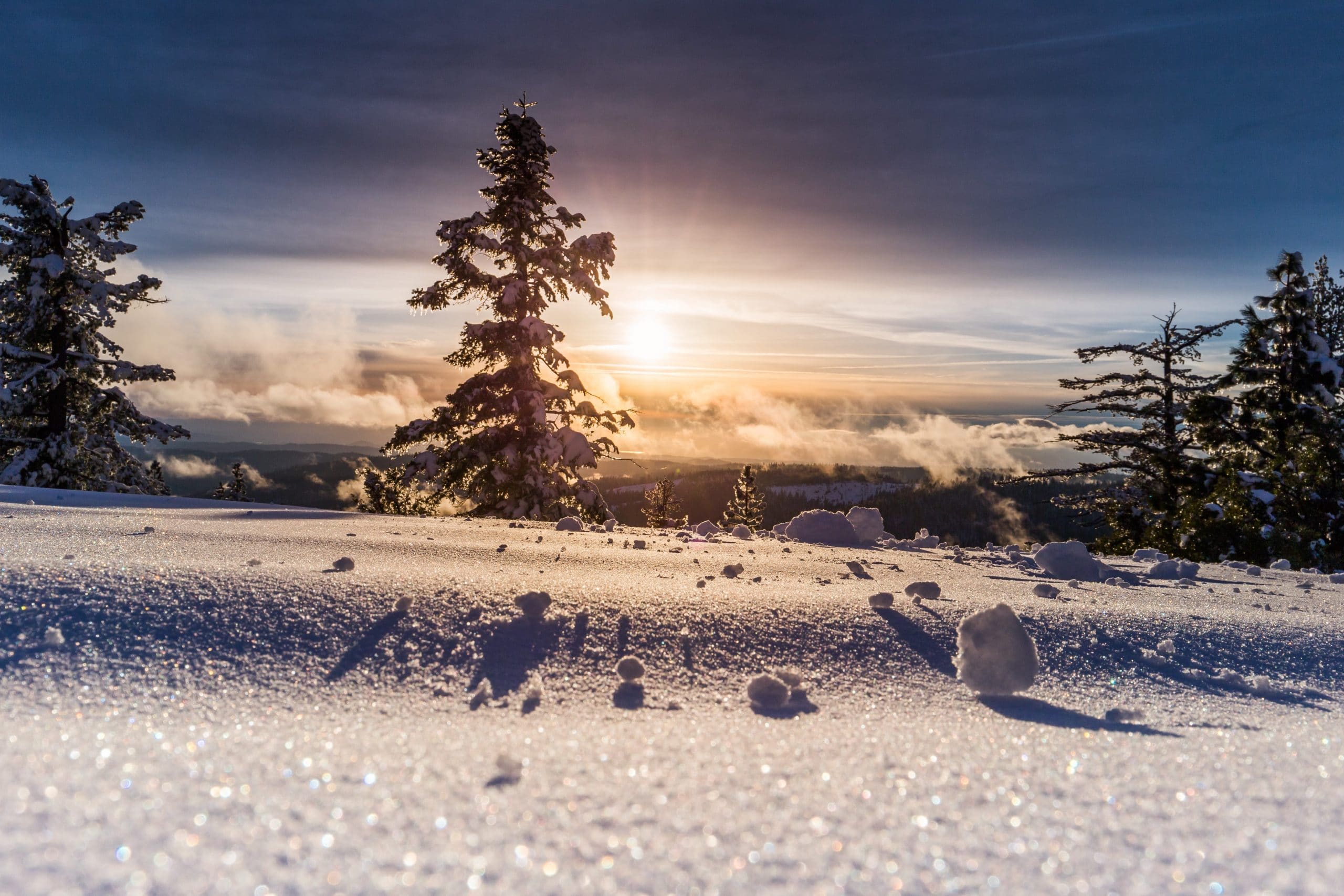
December is the month where the katsinas or kachinas, the spirits that guard over the Hopi, come down from their world at the winter solstice or Soyal (also referred to as Soyaluna and Soyalangwu). They remain with the people for the first half of the Wheel of the Year until the summer solstice, when they return to their home in the mountains. The kachinas are benevolent anthropomorphic beings, who can be male or female, and represent a host of animals, plants, and natural phenomena. They are greatly celebrated and revered and their presence is associated with rain, crops, and healing the sick.
How Hopi Winter Solstice (Soyal) is Celebrated
During Soyal, which lasts nine days, sacred rituals are performed in chambers, called kivas, and many ceremonies involving dancing and singing take place; the kachinas may even bring gifts to the children. Soyal time is when stories are passed down to children from the elders and children are taught pivotal lessons like respecting others. The prayers and rituals help the Hopi to turn the sun toward its summer home and begin giving strength to all life for the growing season ahead. The Hopi, meaning the peaceful ones, believe that everything that will occur during the year is arranged at Soyal.
In preparation for the kachinas’ arrival, the Hopi make prayer sticks to bless the community, including their homes, animals, and plants. Children are given replicas of the kachinas, intricately carved and dressed like the dancers, to help them learn about the hundreds of kachina spirits. Sixteen days before the winter solstice, one of the chief kachinas enters the Pueblo. He appears like a tired, old man who has just awakened from a deep slumber, teetering and on the verge of losing his balance. People follow his every move. He typically staggers over to the dance plaza were with great exaggeration, he dances and sings in a very low voice a song that is regarded as too sacred for the public to hear.
Must See: Global Celebrations around the World
In many Native American ceremonies, the celebrations are sacred and inaccessible to outsiders. This creates limited and conflicting information about the ceremonies and rituals so that discerning accurate details on the Soyal ceremony was equally challenging. We welcome feedback and commentary from anyone familiar with the traditions to round out our presentation.
Photo by Denys Nevozhai on Unsplash








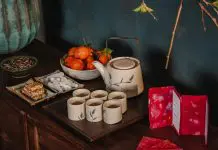
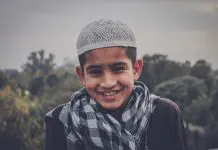





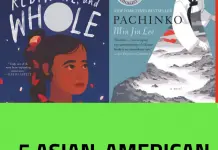












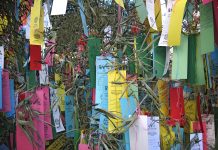






[…] https://www.incultureparent.com/2011/12/hopi-winter-solstice-soyal-december-22/ […]
[…] are many festivals and celebration across the globe that celebrate the Winter Solstice. Soyal is a private 9 day celebration for the Hopi and Zuni Indians in the Southwest. The Chinese […]
[…] Ganesh during the five days of Pancha Ganapati. Zuni and Hopi Indians mark the solstice with the Soyal ceremony. In a few weeks, people in many Asian countries will celebrate the lunar new year. All over […]
[…] Soyal (or Soyalangwul) is a major winter solstice celebration and feast observed by the Native American Hopi and Zuni people of the Southwest. It starts on the shortest day of the year in the northern hemisphere, which is usually between December 20th-22nd, and is marked by nine days of kiva rituals, communal meals, dances, and festivities. A major aspect of Soyal is the return of the Katsinam, or Kachinas, who “…remain with the people for the first half of the Wheel of the Year until the summer solstice, when they return to their home in the mountains. The kachinas are benevolent anthropomorphic beings, who can be male or female, and represent a host of animals, plants and natural phenomena. They are greatly celebrated and revered and their presence is associated with rain, crops and healing the sick.” In some traditions, the Kachinas arrive with gifts for the children in the community. […]